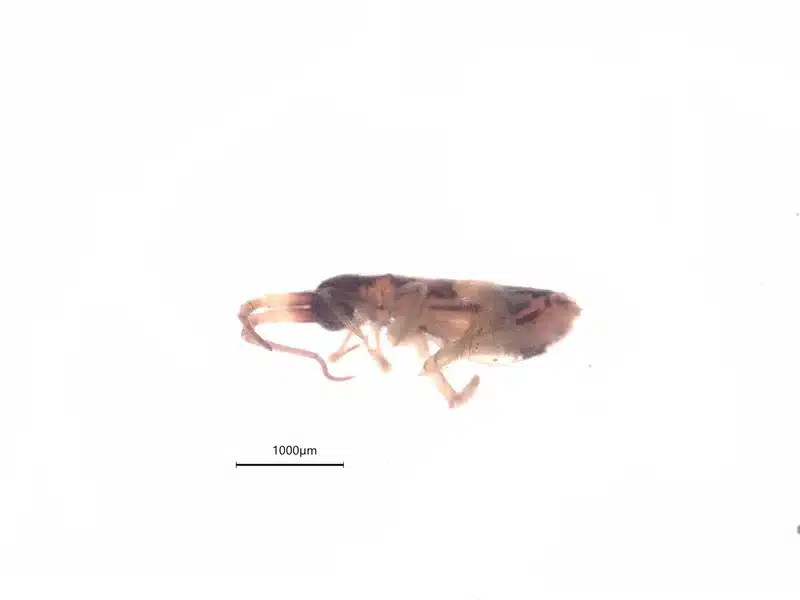When you spot tiny jumping bugs in your home, it’s easy to panic and assume you’re dealing with fleas. But after four years as a registered technician and working with our family business that’s served the DMV area for over 50 years, I’ve seen countless homeowners mistake harmless springtails for biting fleas. Understanding the difference between these two pests is crucial because the treatment approaches are completely different.
Both springtails and fleas are small, wingless insects that can jump, which explains the confusion. However, they have distinct characteristics, habitats, and health implications that set them apart. Let me walk you through the key differences so you can properly identify what you’re dealing with and take the right action.
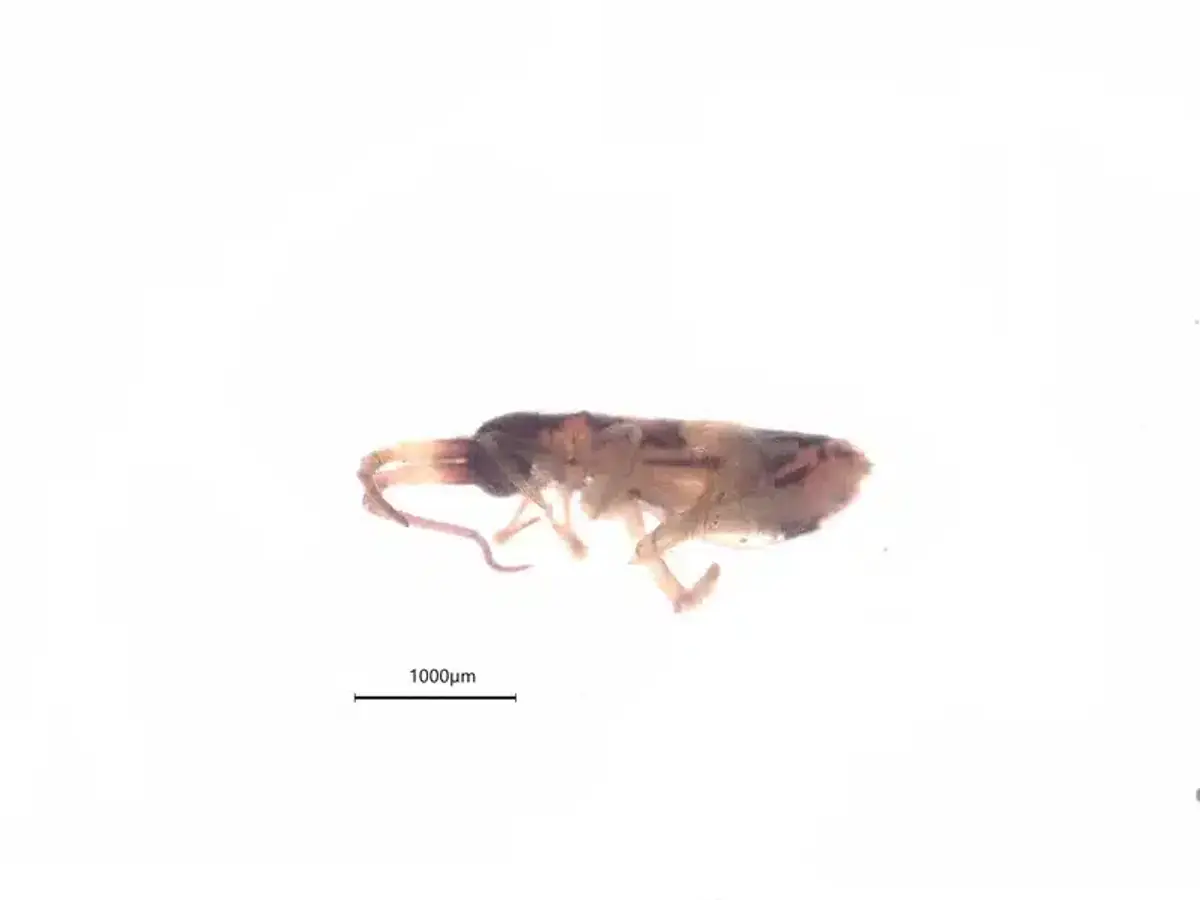
How Springtails and Fleas Jump Differently
The most fascinating difference between springtails vs fleas lies in their jumping mechanisms. Springtails use a specialized structure called a furcula - essentially a forked “spring” located on their fourth abdominal segment.
What does the science say?
According to research from the Proceedings of the National Academy of Sciences, the springtail’s furcula strikes the ground in about 1 millisecond, launching the springtail up to 100 times its body length. This remarkable mechanism represents one of the fastest movements in the animal kingdom.
Fleas, on the other hand, use their powerful hind legs for jumping. They store energy in resilin pads within their thoracic area and release it through their leg muscles. This mechanism allows fleas to jump vertically about 15-20 centimeters, which is roughly 200 times their body length.
While both jumping styles are impressive, you’ll notice springtails tend to have more erratic, unpredictable jumps, while fleas have more controlled, directional leaps - especially when trying to reach a host.
Springtails vs Fleas: Visual Differences
When comparing springtails vs fleas visually, several key differences stand out. Springtails are typically 1-2 millimeters long with soft, cylindrical bodies. They’re usually white, gray, or pale brown in color, making them quite noticeable against dark surfaces like bathroom tiles or window sills.
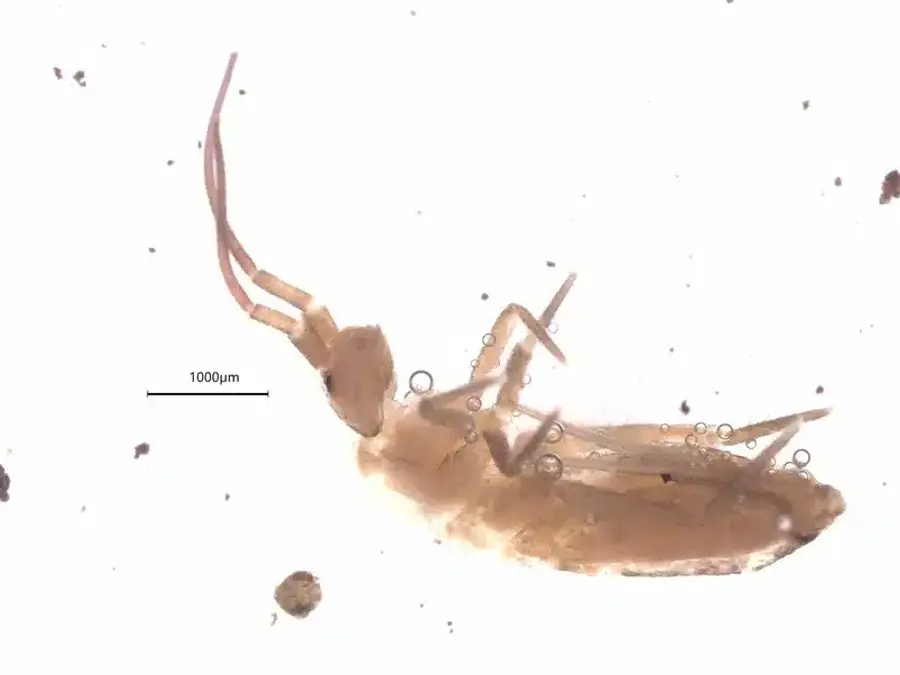
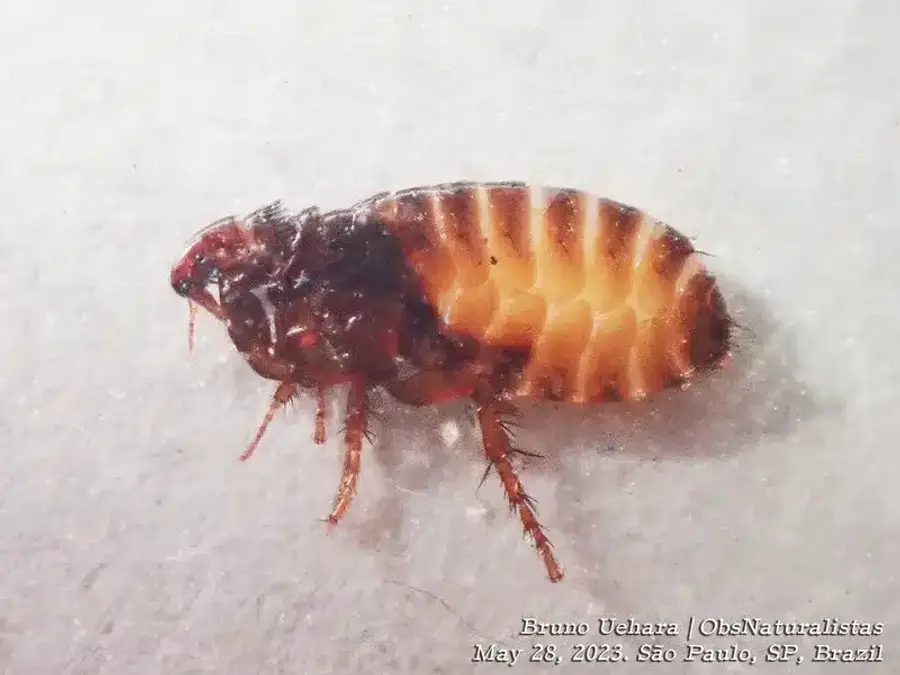
Fleas are also 1-3 millimeters long but have a distinctly different appearance. They’re laterally compressed (flattened from side to side) and range from reddish-brown to black in color. This dark coloration helps them blend in with pet fur and makes them particularly noticeable against light-colored surfaces like bedding.
Additionally, fleas have prominent spiny hind legs that are clearly visible under magnification, while springtails have more uniform leg structures throughout their body.
Springtails vs Fleas: Key Characteristics
| Springtails | Fleas | |
|---|---|---|
| Size | 1-2 millimeters | 1-3 millimeters |
| Color | White, gray, pale brown | Reddish-brown to black |
| Body Shape | Soft, cylindrical | Laterally compressed |
| Biting | Do not bite | Blood feeders |
| Habitat | Moist environments | Pet areas, carpets |
Pest Habitat Preferences: Where You’ll Find Springtails vs Fleas
Understanding habitat preferences is crucial when identifying springtails vs fleas. In my experience treating homes throughout Virginia, Maryland, and DC, the location where you find these pests often gives away their identity immediately.
Springtail Habitats
Springtails absolutely require moisture to survive and are commonly found in areas with high humidity and free moisture. Indoors, you’ll typically spot them in:
- Bathroom drains and shower areas
- Damp basements and crawl spaces
- Around leaky pipes or sump pumps
- Potted plant soil that’s kept too moist
- Newly constructed homes that haven’t fully dried
What does the science say?
According to Virginia Tech Extension, springtails require constant moisture for survival and will rapidly desiccate in dry conditions. Their cuticle lacks the waxy layer found in other insects, making moisture retention critical for their survival.
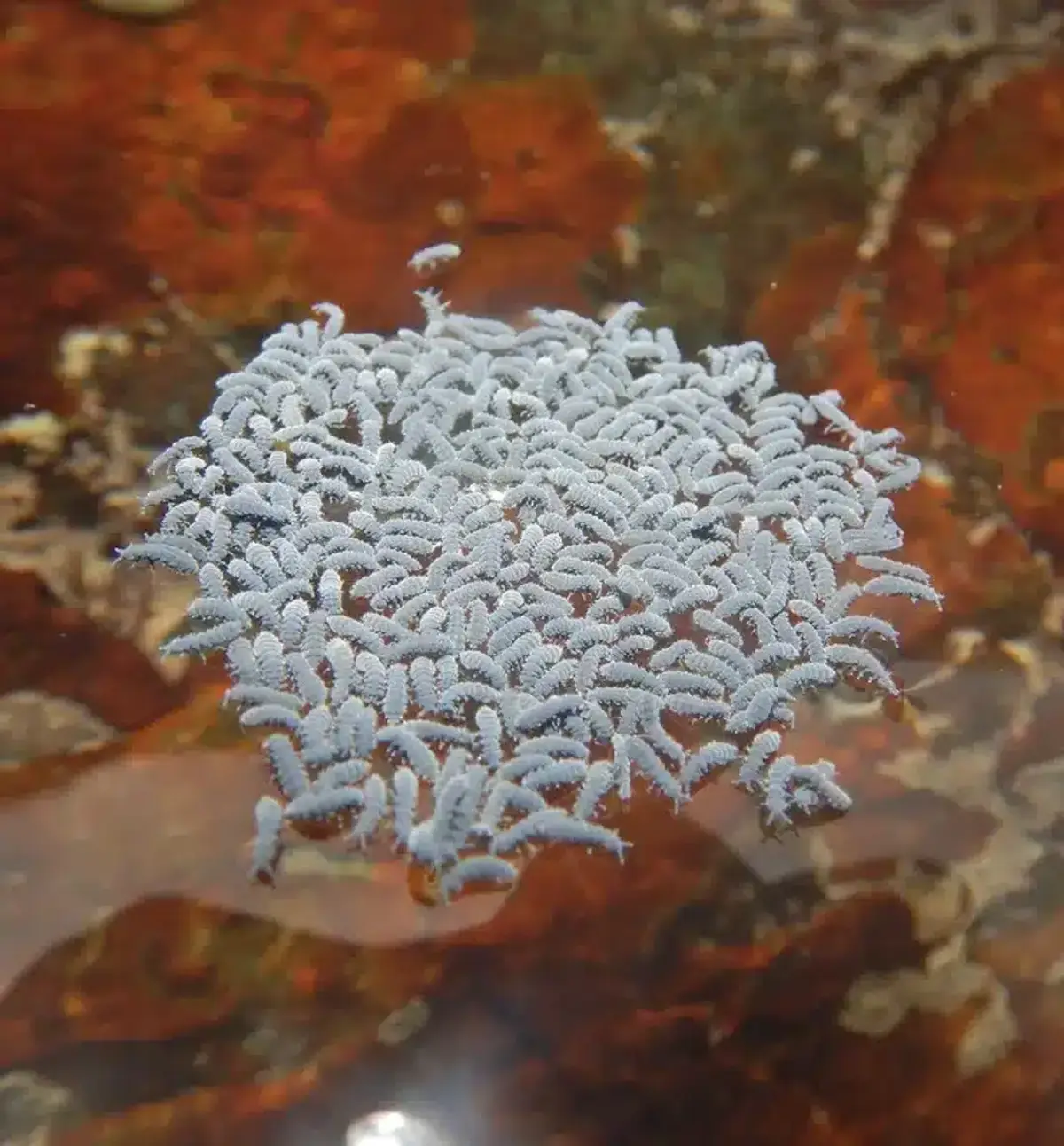
Flea Habitats
Fleas need warm-blooded hosts to survive as adults and dominate pet and household infestations throughout North America. You’ll find fleas in:
- Pet bedding and favorite resting spots
- Carpeted areas, especially under furniture
- Upholstered furniture where pets rest
- Cracks and crevices near pet areas
- Shaded outdoor areas where pets spend time
What does the science say?
The University of Florida’s Institute of Food and Agricultural Sciences notes that cat fleas (Ctenocephalides felis) represent over 95% of flea species found in homes and on pets throughout North America, despite their name suggesting they only affect cats.
Fleas and Springtails Bite Comparison: A Critical Difference
Perhaps the most important distinction when comparing springtails vs fleas is their biting behavior. This difference has significant implications for your family’s health and comfort.
Springtails do not bite humans or pets. They lack the piercing mouthparts necessary for blood feeding. If you’re experiencing unexplained bites and seeing jumping insects, springtails are not the culprit. Any reports of springtail-related skin irritation are typically due to other causes or misidentification.
Important Identification Tip
If you’re experiencing bites along with jumping insects in your home, you’re dealing with fleas, not springtails. Springtails are completely harmless and cannot bite humans or pets.
Fleas, however, are obligate blood feeders. Both male and female fleas bite humans and animals, leaving small, itchy red bumps typically around the ankles and lower legs. These bites can cause significant discomfort and may lead to secondary infections from scratching.
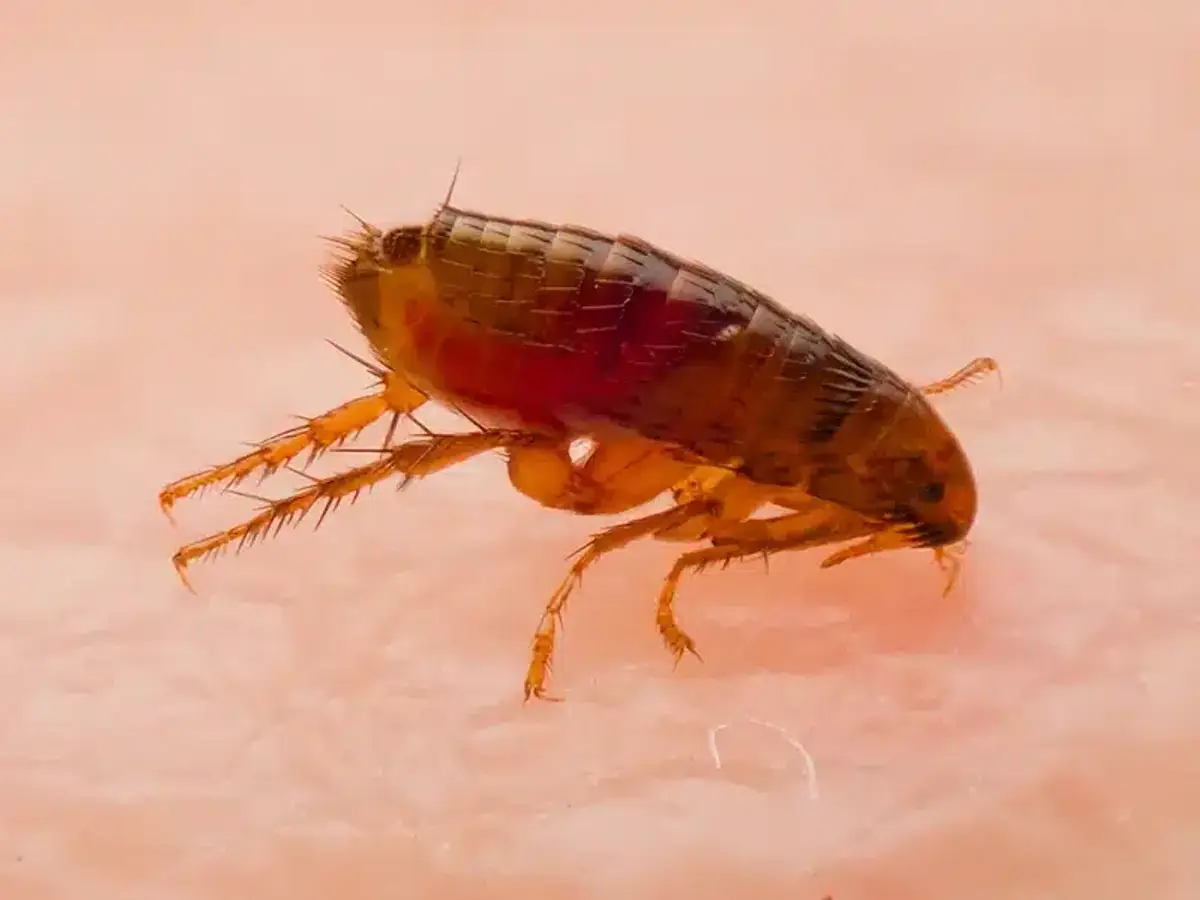
Health Risks and Disease Transmission
The health implications of springtails vs fleas are dramatically different. Springtails pose virtually no health risks to humans or pets. They don’t transmit diseases, don’t bite, and are generally considered harmless nuisance pests.
Fleas present much more serious health concerns and can transmit several diseases including:
What does the science say?
According to the Centers for Disease Control and Prevention, fleas can transmit several serious diseases to humans and pets, making proper identification and control critical for public health protection.
- Murine typhus (Rickettsia typhi)
- Plague (Yersinia pestis)
- Cat-scratch disease (Bartonella henselae)
- Dog and cat tapeworm (Dipylidium caninum)
Additionally, flea bites can trigger allergic reactions in sensitive individuals and cause flea allergy dermatitis in pets, leading to excessive scratching, hair loss, and secondary skin infections.
Why Homeowners Confuse These Pests
After treating thousands of homes in the DMV area, I’ve noticed several reasons why springtails vs fleas confusion is so common. Both pests share some superficial similarities that can mislead homeowners who are trying to identify them quickly.
First, both are small, wingless, and capable of jumping when disturbed. When you’re dealing with tiny moving specks, these similarities can be deceiving. Second, both pests can appear in large numbers, creating clusters that homeowners find alarming.
The timing of discovery also contributes to confusion. Springtails often appear suddenly after heavy rains or plumbing leaks, while flea infestations typically build gradually. However, both situations can seem to “explode” overnight from a homeowner’s perspective.
Pest Identification Tips: Distinguishing Springtails from Fleas
Based on my experience as a registered technician, here are the most reliable ways to distinguish between springtails vs fleas:
Essential Identification Steps
- Check for bites: Unexplained bites on humans or pets strongly indicate fleas, not springtails
- Note the location: Moist areas (bathrooms, basements) suggest springtails; carpeted pet areas suggest fleas
- Observe the color: Light-colored insects are likely springtails; dark brown/black insects are likely fleas
- Paper towel test: Rub insects on damp paper towel - reddish smears indicate flea dirt from blood feeding
- Pet behavior: Excessive scratching in pets points to fleas rather than harmless springtails
Location-Based Identification
Start by noting where you’re finding the insects. If they’re concentrated around drains, potted plants, or damp areas, you’re likely dealing with springtails. If they’re in carpeted areas, pet bedding, or upholstered furniture, fleas are more probable.
The Paper Towel Test
Collect some of the insects on a damp white paper towel and gently rub them. If you see reddish-brown smears, that’s “flea dirt” (digested blood), confirming a flea infestation. Springtails will produce pale debris or no significant staining.
Bite Evidence
Check family members and pets for unexplained bites, particularly around ankles and lower legs. The presence of bites strongly suggests fleas, while their absence supports a springtail diagnosis - especially when combined with other evidence.
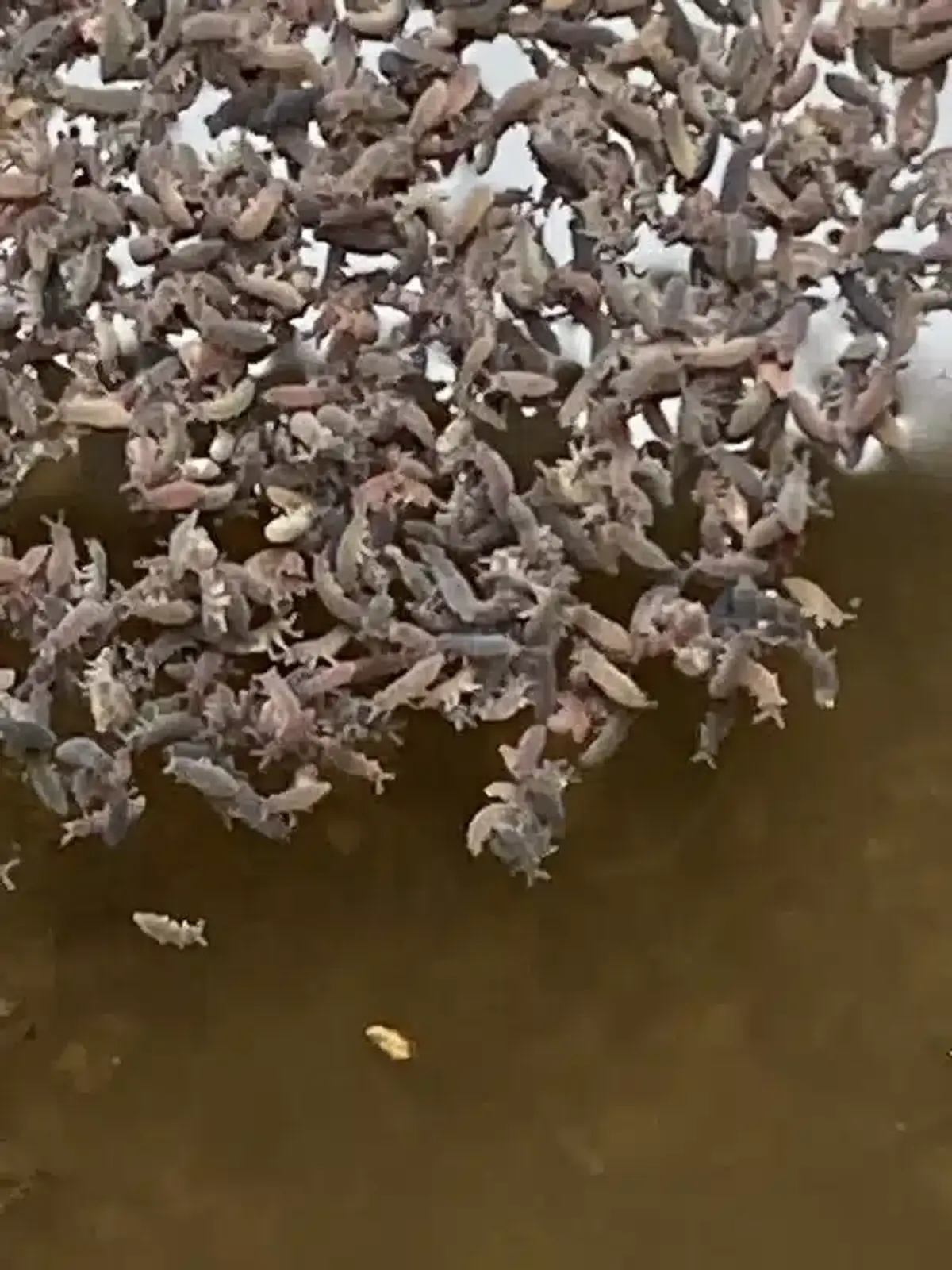
Springtail and Flea Control Methods: Different Problems, Different Solutions
Successfully treating springtails vs fleas requires completely different approaches. Using the wrong strategy can waste time and money while allowing the problem to persist or worsen.
Springtail Control
For springtails, moisture elimination is the primary strategy and is more effective than insecticides for long-term springtail management:
What does the science say?
The University of Maryland Extension emphasizes that controlling humidity below 50% relative humidity is more effective than insecticides for long-term springtail management, as it addresses the root cause rather than just symptoms.
- Run dehumidifiers to maintain relative humidity below 50%
- Repair leaky pipes, faucets, and foundation cracks
- Improve ventilation in crawl spaces and basements
- Avoid overwatering houseplants
- Address drainage issues around the foundation
In most cases, insecticide treatments are unnecessary for springtails. Simply vacuuming visible clusters and addressing moisture sources resolves the issue.
Flea Control
Flea control requires a comprehensive, three-pronged approach targeting all life stages:
- Pet treatment: Use veterinary-approved flea products consistently, as fleas remain active year-round in heated homes throughout the Mid-Atlantic region
- Indoor treatment: Vacuum thoroughly (especially carpet edges and under furniture), wash pet bedding in hot water, and consider professional treatments for severe infestations
- Outdoor treatment: Focus on shaded areas where pets rest, maintain short grass, and limit wildlife access to reduce flea populations
For comprehensive flea control solutions, check out our guide on how to get rid of fleas in the house, which covers both DIY and professional approaches.
Pet Associations and Seasonal Patterns
Understanding the relationship between these pests and pets helps clarify the springtails vs fleas distinction. Fleas have an intimate association with warm-blooded animals, particularly cats and dogs. In the DMV area, cat fleas are the dominant species affecting both cats and dogs throughout the year.
Pet owners often notice flea activity peaks in late summer and early fall, but indoor heating allows continuous reproduction during winter months. If your pet is scratching excessively or you’re finding small jumping insects in their bedding, fleas are the likely culprit.
Springtails have no association with pets whatsoever. They might occasionally be found in pet water bowls if the area is damp, but they don’t live on or bite animals. If you’re seeing jumping insects but your pets show no signs of discomfort, springtails become more likely.
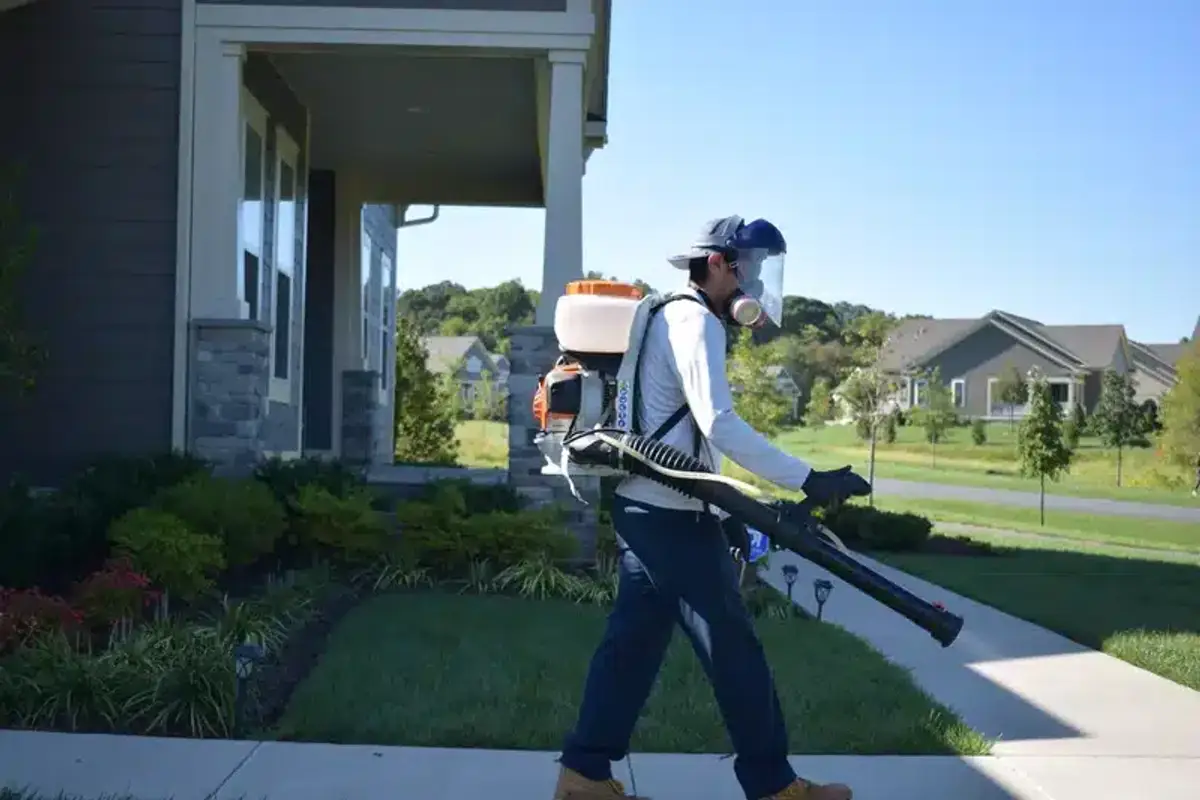
When to Call Professional Help
While springtail issues often resolve with proper moisture control, flea infestations typically require professional intervention. Our family business has treated these pests for over 50 years, and I’ve learned that early professional treatment prevents small problems from becoming major infestations.
Call for professional help if you’re experiencing persistent biting, finding fleas despite treatment efforts, or dealing with recurring springtail issues that don’t respond to moisture control. Our registered technicians can quickly identify which pest you’re facing and implement the appropriate treatment strategy.
For severe flea problems in carpeted areas, our chemical vs natural flea treatment guide explains the various options available to homeowners.
Understanding the differences between springtails vs fleas empowers you to take the right action quickly. Remember that proper identification is the first step toward effective treatment, whether that’s addressing moisture issues for springtails or implementing comprehensive flea control measures.
If you’re dealing with jumping insects in your home and need expert identification or treatment, don’t hesitate to call us at 703-683-2000 or email us at info@bettertermite.com. Our experienced team can quickly diagnose your pest issue and recommend the most effective solution for your specific situation.
Frequently Asked Questions
Do springtails bite humans like fleas do?
+
No, springtails do not bite humans or pets. They lack the piercing mouthparts necessary for blood feeding. If you're experiencing bites along with jumping insects, you're likely dealing with fleas, not springtails. Springtails are completely harmless and don't pose any health risks to families or pets.
How can I tell if the jumping bugs in my bathroom are springtails or fleas?
+
Jumping insects in bathrooms are most likely springtails, especially if they're pale gray or white in color and congregating around drains or moist areas. Fleas are typically darker and prefer areas where pets spend time. Try the paper towel test - rub the insects on a damp white towel. Reddish smears indicate flea dirt from blood feeding, while pale debris suggests springtails.
What attracts springtails to my house?
+
Springtails are attracted to moisture and high humidity levels. Common attractants include leaky pipes, poor ventilation in basements or crawl spaces, overwatered houseplants, and areas with standing water. They often appear in newly constructed homes that haven't fully dried or after heavy rains when outdoor moisture levels spike.
Can springtails live in carpet like fleas do?
+
Springtails typically don't establish populations in dry carpet like fleas do. They require constant moisture to survive, so they're more likely to be found in damp basement areas or around water sources. If you're finding jumping insects in carpeted living areas, especially where pets rest, you're probably dealing with fleas rather than springtails.
How do I get rid of springtails vs fleas?
+
Springtail control focuses on moisture elimination - use dehumidifiers, fix leaks, and improve ventilation. Insecticides are rarely needed. Flea control requires a comprehensive approach including pet treatment with veterinary products, thorough vacuuming, washing pet bedding in hot water, and often professional treatment for severe infestations.
With five years of hands-on experience in the pest control industry, George Schulz is a registered technician with the Virginia Pest Management Association and a proud third-generation professional in a family business that's been protecting homes for over 57 years. He manages and trains a team of service pros while also leading internal research efforts—recently spearheading a deep-dive review of thousands of documents on pest control materials to hand-pick the most kid and pet friendly, most effective solutions tailored specifically for homes in the DC metro area.
